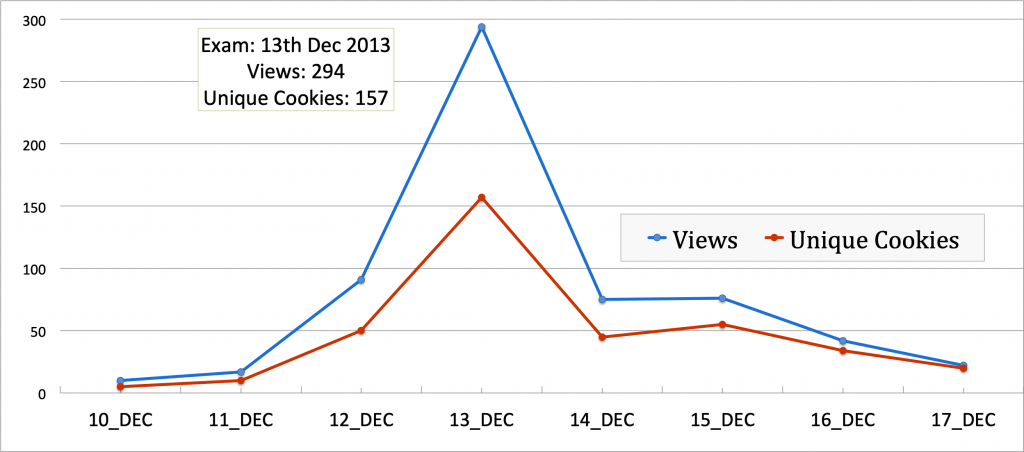Recent technology and internet presence have become an essential part of education. Screencast Tutorials is one such medium – it’s an effective and powerful way to teach, present and communicate with students.
A screencast generally consists of a recording of the computer screen, along with the instructor’s commentary. Although easy to produce, it’s an excellent way to narrate presentations, explain concepts, answer students’ questions. It’s also an effective way to guide students through software and website.
Many students were eager to share their experiences and said that screencasts made economics appealing and learning fun. So, to gather further feedback I administered an online survey for my blended course; a class of 80 students taking a first-year undergraduate course in Economics were asked to provide feedback in an anonymous survey at the end of the academic semester. The survey was voluntary and administered after the final course grades were submitted for all students.
The survey responses highlighted that the ability to play and replay and at your own time were important benefits of video tutorials. The student survey asked how often the respondent replayed the screencast videos, and roughly half of them re-played the videos 2 to 4 times.
Figure 1. The number of times students replayed the video.

The above results are also supported by analytics from my YouTube channel where these videos are hosted. Looking at the 2013 viewership data for the YouTube channel, the biggest peak in viewership was the day before their final exam, where 157 students (as per IP addresses or cookies) watched the tutorial 294 times.
Figure 2. YouTube Analytics on Viewership

Students rely on these videos for multiple reasons. In table 1 we have student’s responses to “For what purpose did you use the video tutorials?” Reviewing for exams was the main reason most students viewed these videos, followed by further clarification of the content.
Table 1: Student survey – Reasons students engage with the screencast video

Screencasting comes with some shortcomings too which includes that it demands time, and planning to ensure students engage with the content. One way to ensure that the student is paying attention to the video is by requiring guided notes on key points and allowing/using annotations.
A simple screencast tutorial is easy to create and takes no more than 15 minutes to learn and understand. There are many types of downloadable screen capture software like Camtasia, screencast-o-matic, screencapture- a simple google search will provide you with many software that will do the job. The annotations can be added at the time of recording or during editing. If you plan to upload it on youtube, then you can use the editing and annotation tools within youtube – that’s what I do for final touches.
So, with some pre-planning and crafty editing you can easily create a well-crafted screencast and here are a few things that I have learnt during the process:
- Annotate- Similar to traditional lectures, organization and ‘Hooks’ are essential – organize the videos within the course and integrate new information in the video to existing knowledge by using annotated text.
- Edit – Keep the screencast tutorials concise and short (5-7 minutes). You do not need to introduce yourself to each video unless they are stand-alone pieces.
- Enhance with Visuals: Most recording applications offer tools to enhance videos, use these to highlight content and show connections.
- The tone of the video tutorial should depend on the purpose of the video and the course content that it replaces –
- Replaces in-class or face to face teaching – a conversational tone would work better.
- Replaces textbook content – a formal tone is more suited.
- The majority use smartphones or tablets with smaller screens to watch – so the text should be visible and easy on the eyes: use larger fonts with web-friendly colours.
Here is an example of a screencast tutorial – Econ101 tutorial on Income Effect and Substitution Effect using Indifference Curves
